Egyptian mythology is filled with fascinating stories, powerful deities, and ancient beliefs that have captivated people for centuries. While many are familiar with gods like Ra and Anubis, there are countless lesser-known details that add even more depth to these ancient tales. Here are some intriguing facts about Egyptian mythology that you may not have heard before.
The Dual Nature of Ra
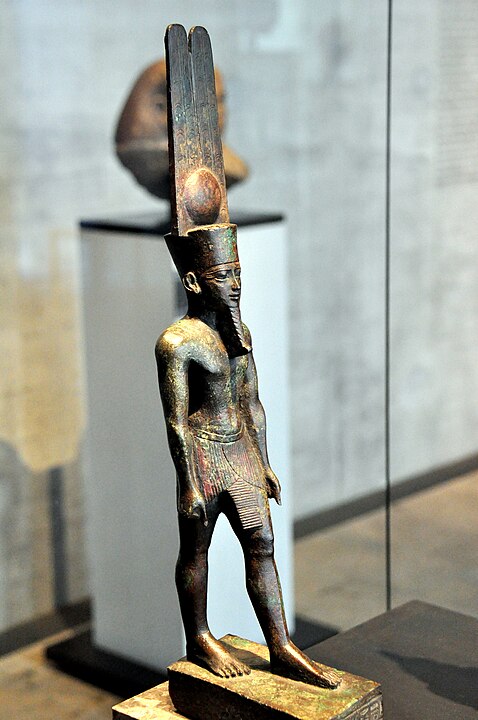
Ra, the sun god, was believed to have a dual nature. During the day, he was Ra-Horakhty, a powerful, radiant deity. However, at night, he transformed into Ra-Atum, traveling through the underworld, battling chaos and ensuring the sun would rise again. This duality highlights the Egyptians’ understanding of balance and the cycle of life.
The Hidden Name of Ra
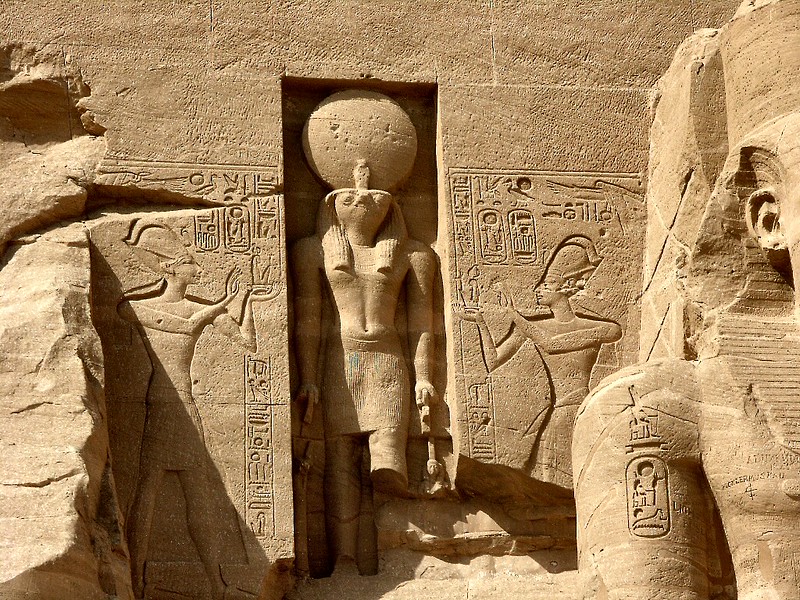
In Egyptian mythology, Ra’s true name was known only to himself, which gave him immense power. The story of how the goddess Isis tricked Ra into revealing his hidden name is a fascinating tale of cunning and magic. This story underscores the importance of names in Egyptian belief, where knowing a deity’s true name granted control over that being.
The Sacred Lake of Mut
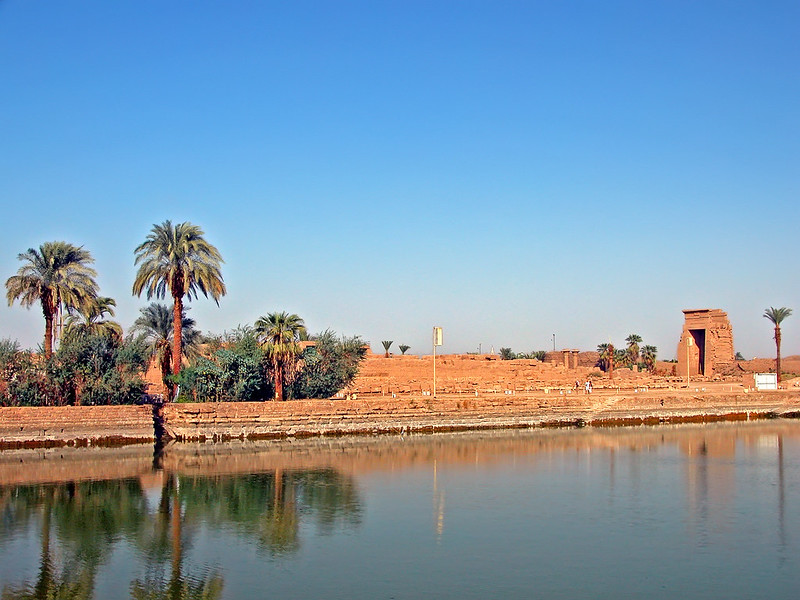
Mut, a mother goddess, was associated with a sacred lake in Karnak Temple. This lake was not just a body of water but a symbolic representation of the primordial waters from which all life emerged. The priests of Karnak performed purification rituals in this lake, emphasizing its significance in maintaining cosmic order.
The Seven Arrows of Sekhmet
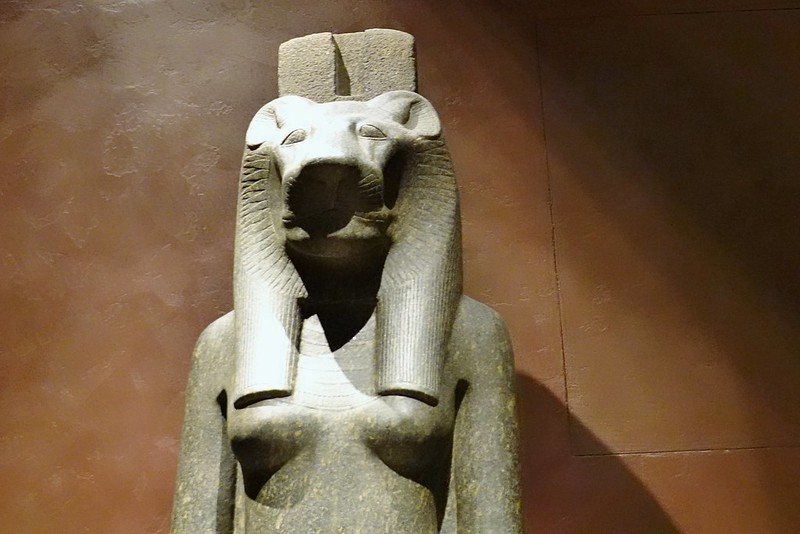
Sekhmet, the lioness-headed goddess of war, was said to carry seven arrows, each representing a plague or destructive force. These arrows could bring disease and chaos, but they also had the power to ward off evil. This duality illustrates the Egyptians’ belief in the destructive and protective powers of the gods.
The Weighing of the Heart Ceremony
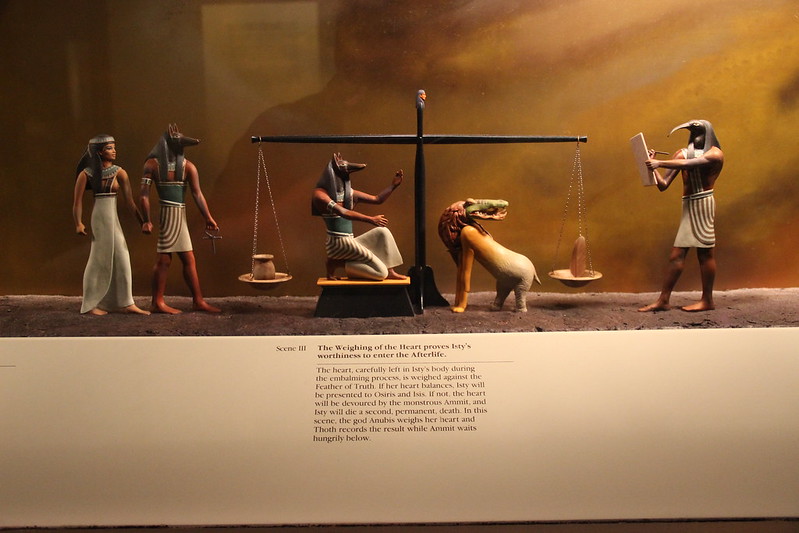
In the afterlife, the heart of the deceased was weighed against the feather of Ma’at, the goddess of truth and justice. If the heart was lighter, the soul could proceed to the afterlife. However, if it was heavier, it was devoured by Ammit, a fearsome creature. This ritual emphasizes the Egyptians’ belief in moral integrity and the consequences of one’s actions in life.
Osiris and the Cycle of Rebirth
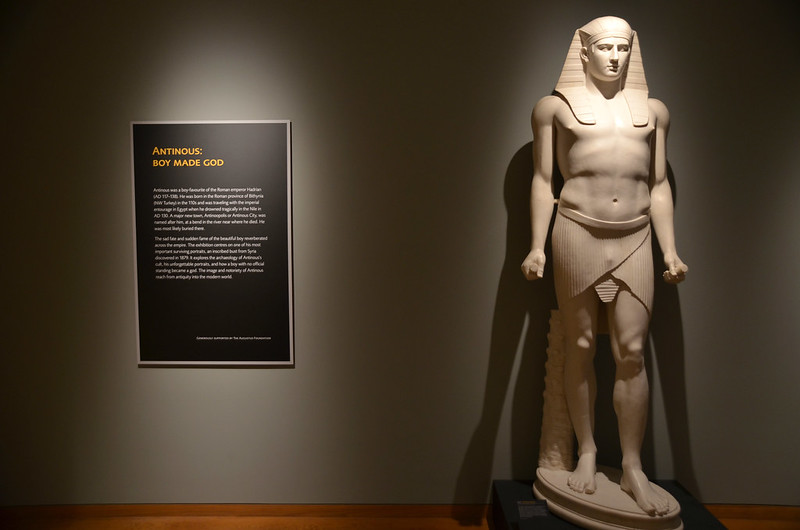
Osiris, the god of the afterlife, was dismembered by his brother Set, but was reassembled and resurrected by his wife, Isis. This myth of death and resurrection became a central symbol of the eternal cycle of life, death, and rebirth in Egyptian religion, reinforcing the idea of life continuing beyond death.
The Myth of the Eye of Horus
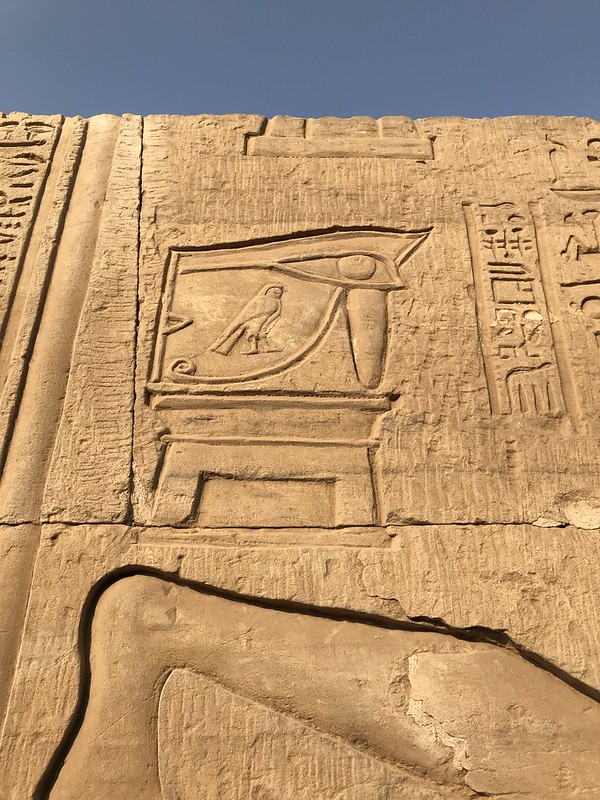
The Eye of Horus, also known as the Wadjet, was a powerful symbol of protection, health, and restoration. The myth tells of how Horus lost his eye in a battle with Set, and it was later restored by the god Thoth. This story highlights the theme of healing and the importance of restoring order after chaos.
The Curse of the Pharaohs
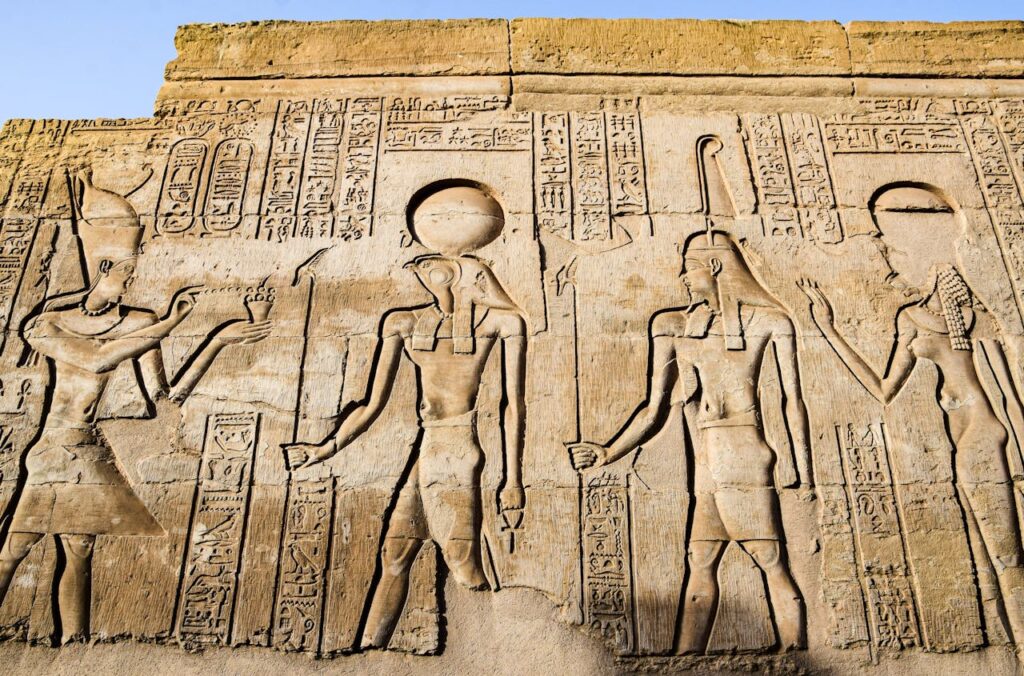
The idea that the tombs of pharaohs were cursed is rooted in ancient Egyptian beliefs. They believed that anyone who disturbed the final resting place of a pharaoh would be cursed. This belief was reinforced by the mysterious deaths of those involved in the discovery of King Tutankhamun’s tomb, though many dismiss this as coincidence.
The Sacred Bennu Bird
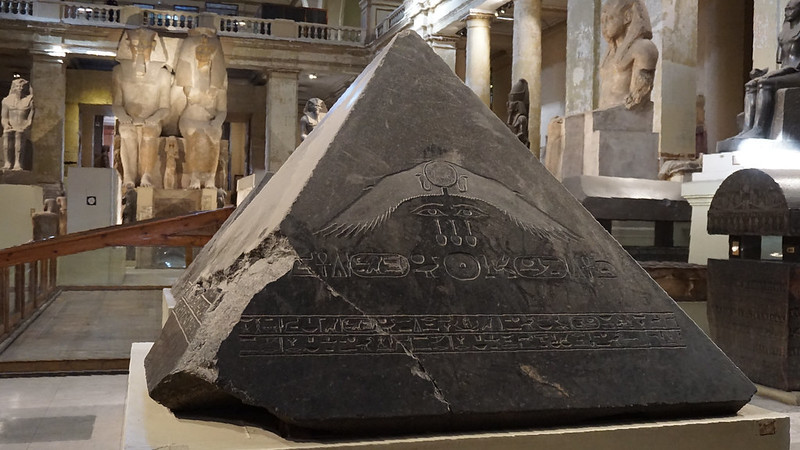
The Bennu bird, often depicted as a heron, was associated with the sun god Ra and the concept of rebirth. It was believed to have created itself from a fire burning on a holy tree in Heliopolis. The Bennu bird is thought to have inspired the Greek myth of the Phoenix, illustrating how Egyptian mythology influenced other cultures.
The Enigmatic Sphinx
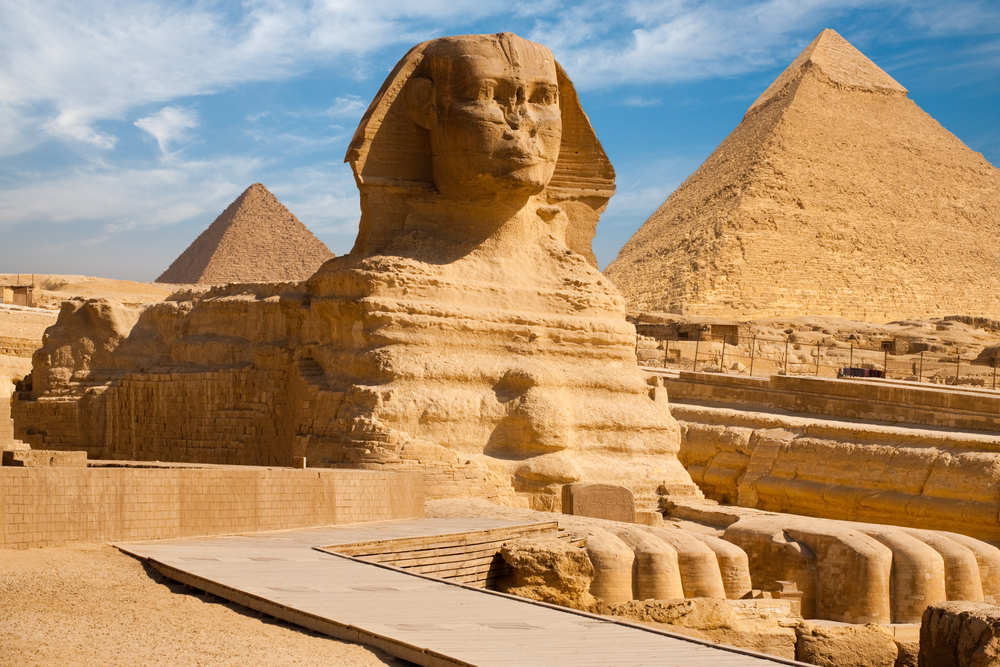
The Great Sphinx of Giza, with the body of a lion and the head of a pharaoh, is one of the most iconic symbols of ancient Egypt. The Sphinx was believed to be a guardian of the Giza Plateau, protecting the sacred sites from intruders. Its origins are shrouded in mystery, and its symbolic meaning continues to be a subject of debate.
The Book of the Dead
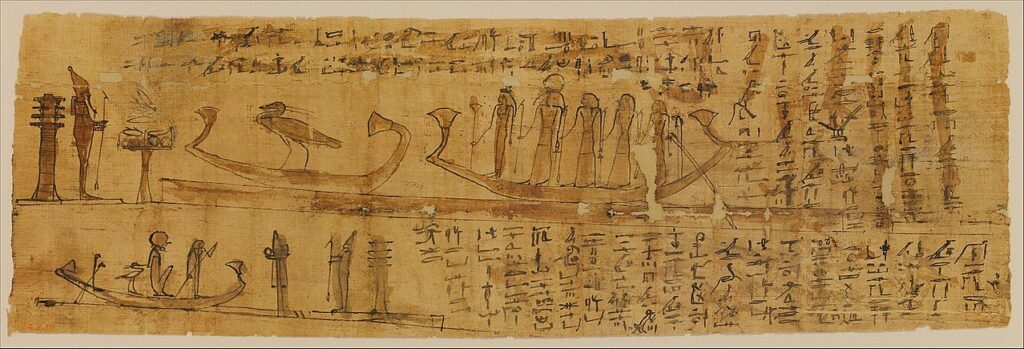
The Book of the Dead was not a single book but a collection of spells and prayers designed to guide the deceased through the underworld. Each spell was intended to help the soul overcome obstacles and reach the afterlife. This text reflects the Egyptians’ profound concern with the afterlife and their belief in the power of magic.
Thoth, the God of Knowledge
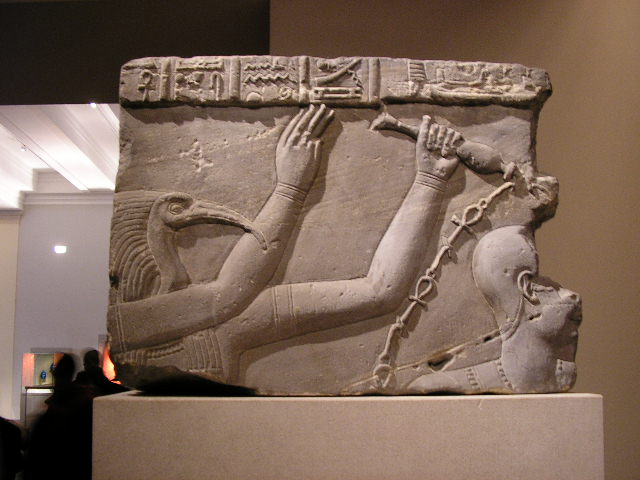
Thoth, often depicted as an ibis-headed god, was the deity of wisdom, writing, and knowledge. He was credited with the invention of writing and served as the scribe of the gods. Thoth’s association with knowledge made him one of the most important deities in the Egyptian pantheon, and he played a key role in maintaining cosmic balance.
The Serpent Apep
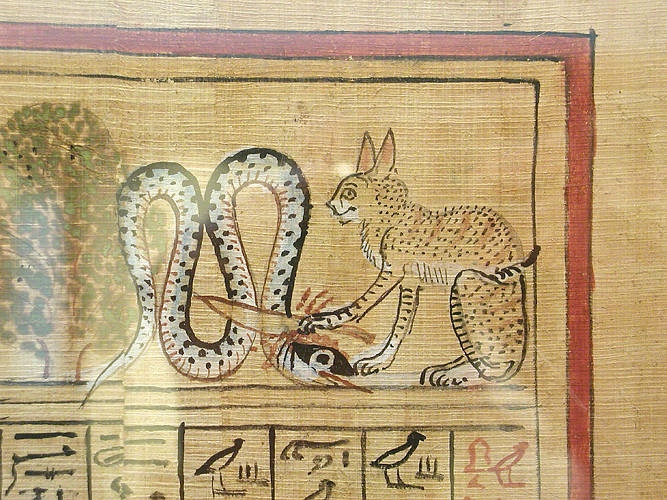
Apep, the serpent of chaos, was the eternal enemy of Ra. Every night, as Ra traveled through the underworld, he had to battle Apep to ensure the sun would rise again. This myth symbolizes the constant struggle between order and chaos, a theme central to Egyptian mythology.
The Mysterious Ogdoad
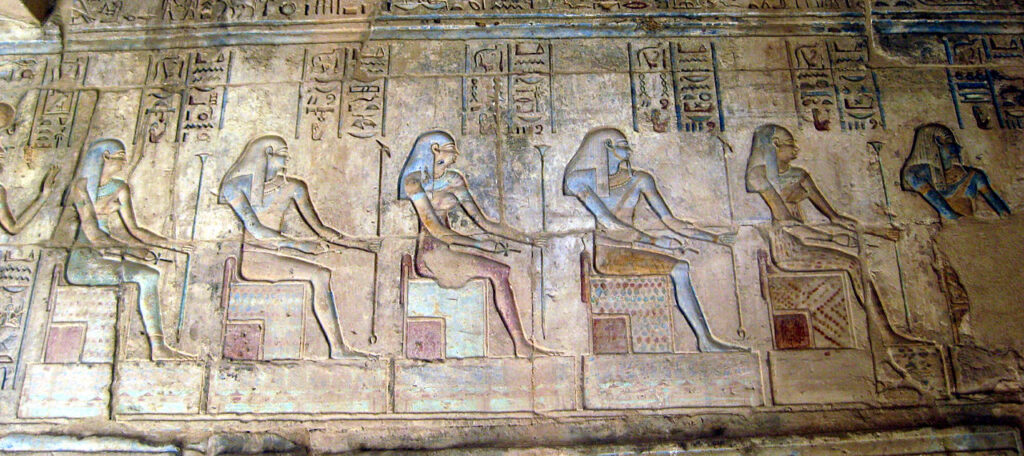
The Ogdoad were eight primordial deities worshipped in Hermopolis, representing the chaotic forces before creation. They were divided into four male-female pairs, each symbolizing aspects of the primordial waters. The Ogdoad myth reflects the Egyptians’ attempt to understand the origins of the universe and the forces that shaped it.
The Tears of Isis
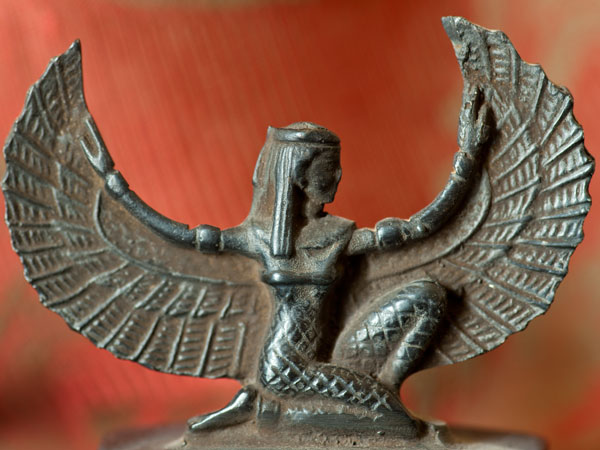
According to myth, the tears of the goddess Isis, shed during her search for the dismembered body of Osiris, were believed to cause the Nile River’s annual flooding. This flooding was crucial for agriculture in Egypt, as it brought fertile soil to the fields. The connection between Isis’s tears and the Nile highlights the integration of mythology with natural events.
The Sky Goddess Nut
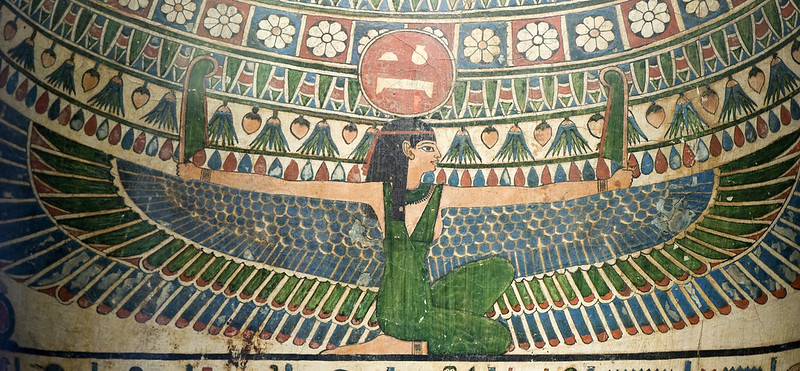
Nut, the sky goddess, was believed to swallow the sun each evening and give birth to it each morning. She was often depicted as a woman arching over the earth, her body covered in stars. This imagery emphasizes the Egyptians’ view of the sky as a protective force and the cyclical nature of time.
The Magic of Heka
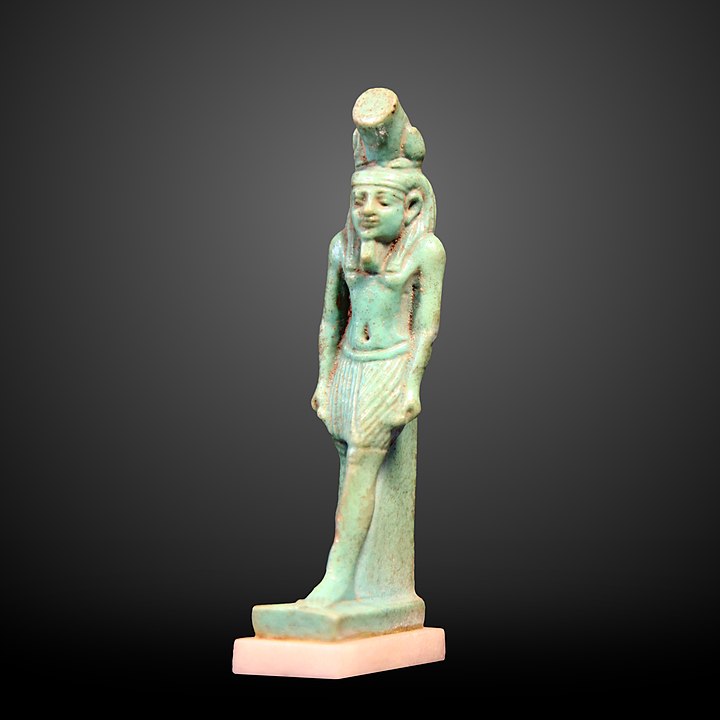
Heka was the god of magic and medicine, and the concept of heka (magic) was fundamental to Egyptian religion. Egyptians believed that magic was a divine force that could be harnessed to influence the gods and the world around them. Heka’s prominence reflects the deeply spiritual and mystical nature of Egyptian society.
The Canopic Jars
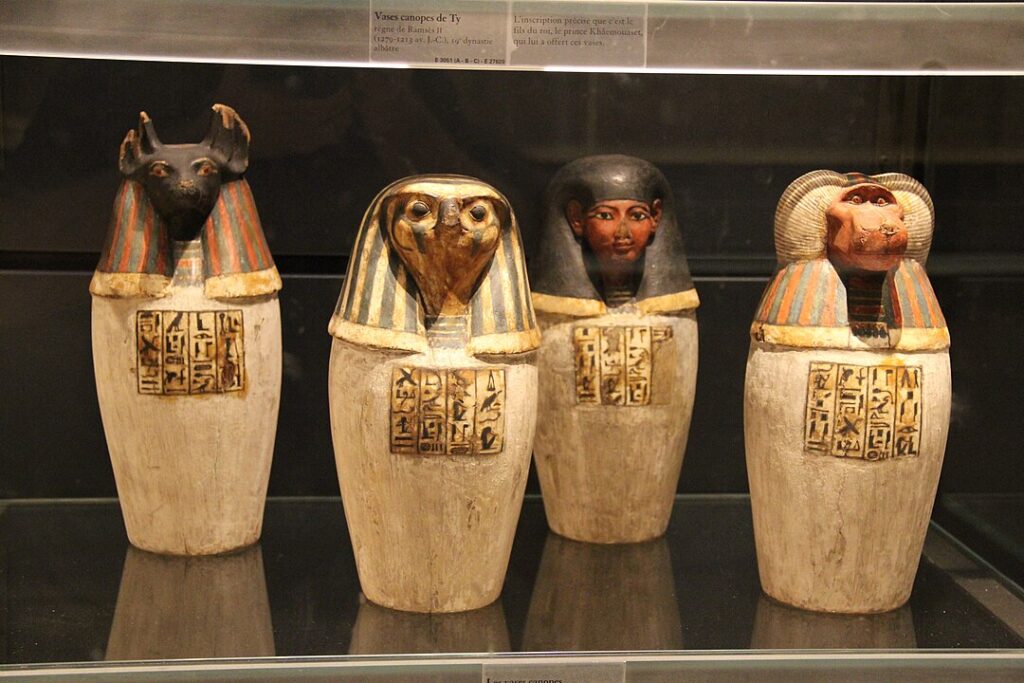
Canopic jars were used to store the internal organs of the deceased during the mummification process. Each jar was protected by one of the four sons of Horus, who guarded the liver, lungs, stomach, and intestines. This practice underscores the Egyptians’ belief in the importance of preserving the body for the afterlife.
The Hidden Tomb of Osiris
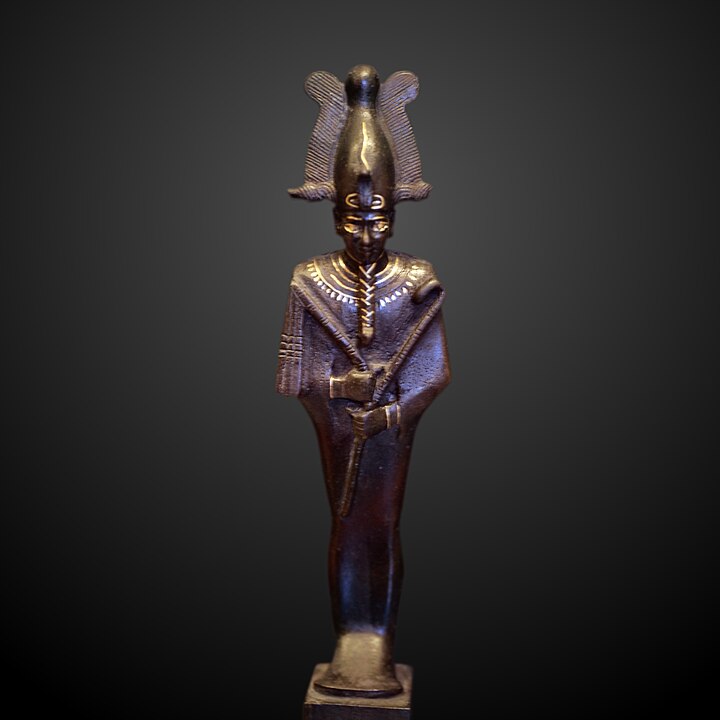
According to legend, the exact location of Osiris’s tomb was kept secret to protect it from desecration. The secrecy surrounding his tomb added to the mystery and reverence of Osiris as a god of the afterlife. This detail reflects the Egyptians’ deep respect for the dead and the sanctity of burial practices.
The Power of Amulets
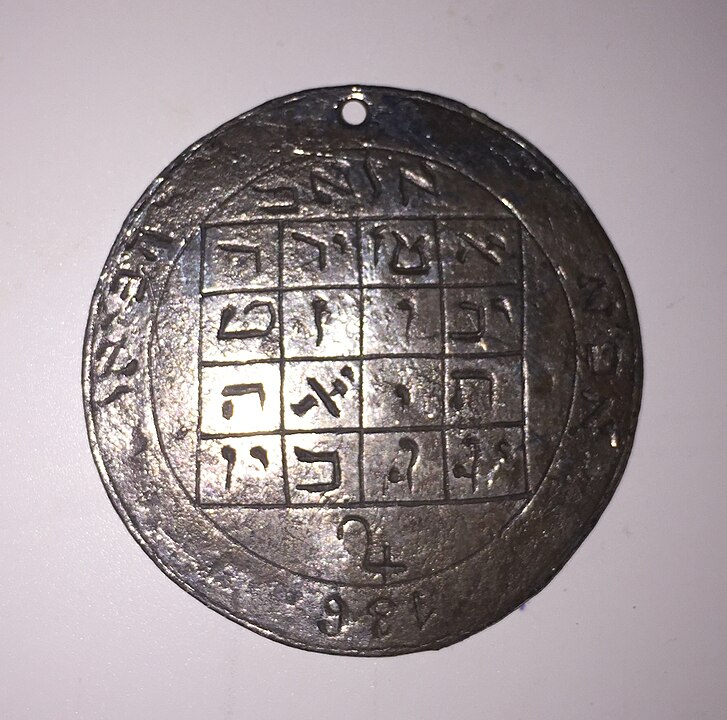
Amulets played a significant role in Egyptian religion, believed to protect the wearer from harm and ensure a safe journey to the afterlife. One of the most famous is the scarab beetle, symbolizing rebirth and regeneration. The widespread use of amulets highlights the Egyptians’ reliance on protective symbols in daily life and the afterlife.
This article originally appeared on UnifyCosmos.
More from UnifyCosmos
20 Unexpected Money Tips for Traveling Abroad

Traveling abroad can be an exciting adventure, but managing your finances wisely is essential. Here are some unexpected money tips to help you make the most of your journey without breaking the bank. Read more!
22 Ways To Avoid Being Broke on a High Salary

This article will explore practical strategies to help you avoid being broke even when you have a substantial paycheck. By following these tips, you can ensure a more stable and secure financial future. Read more!
20 Expenses to Avoid if You Consider Yourself Good With Money

This article highlights common costs that savvy individuals should steer clear of to maintain financial health and stability. By recognizing and eliminating these expenses, you can better manage your budget and achieve your financial goals. Read more!
Leave a Reply